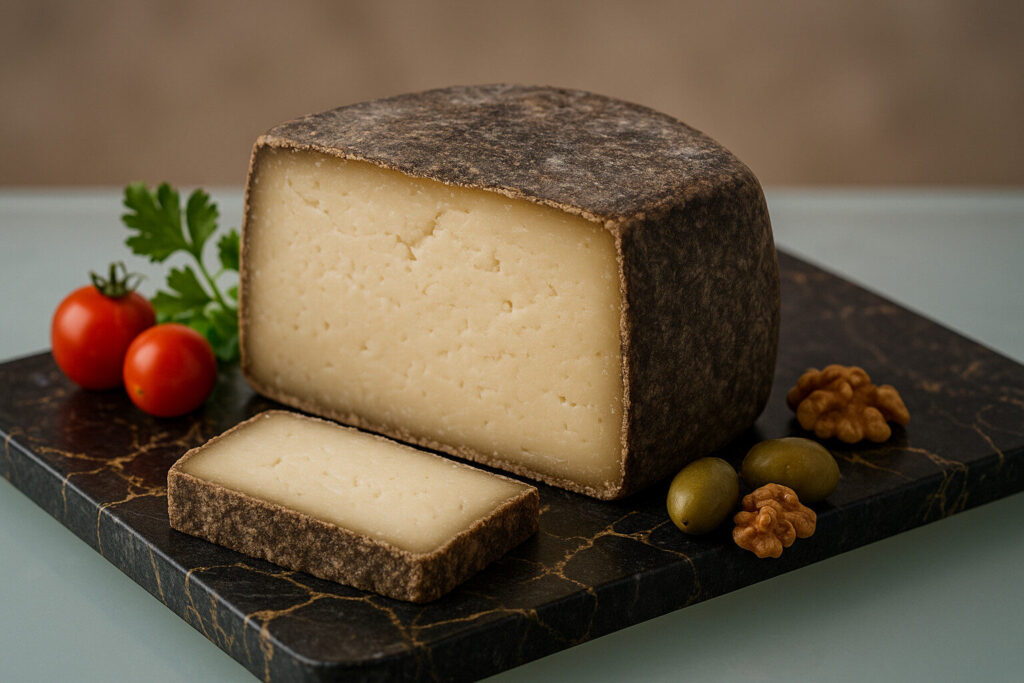Cheese Of Gilan Province
Definition and Scope
Gilan Province cheese refers to artisanal dairy products originating from Iran’s northern Gilan region along the Caspian Sea. These cheeses are traditionally made from local livestock milk, primarily water buffalo, cow, or sheep varieties. They represent a distinct category within Iranian cheese taxonomy, characterized by regional production methods and cultural significance.
The scope encompasses several named varieties, including Liqvan and Pot cheese, each with unique aging and brining techniques. These cheeses are typically produced in small batches using methods passed through generations. Their properties vary from fresh, moist textures to firm, salted aged versions depending on specific recipes and maturation periods.
Production Methods
Traditional Gilan cheese production begins with raw milk from pasture-grazed animals, often heated moderately before rennet addition. The curdling process utilizes animal rennet or vegetable alternatives native to the region’s flora. After cutting, the curds are drained in woven baskets or cloth bags, preserving whey for other culinary uses.
Salting occurs through dry application or brining in saltwater solutions, with aging lasting from several weeks to months. Some varieties undergo pressing to achieve denser textures, while others remain unpressed for softer consistencies. The humid Caspian climate influences maturation, developing distinctive rinds and flavor complexities.
Sensory Profile
Gilan cheeses present aromatic profiles ranging from milky and fresh in young versions to pungent and earthy in aged specimens. Their flavors balance saltiness with subtle lactic acidity, often carrying herbaceous notes from the animals’ diverse diet. Texture spectrum includes crumbly, semi-soft to firm consistencies depending on moisture content and aging duration.
Visual characteristics feature white to pale yellow interiors, sometimes with small irregular eyes. Rinds may develop natural molds in cave-aged varieties, contributing to complex flavor development. The finish typically leaves a lingering savory taste with occasional peppery or grassy undertones.
Culinary Applications
These cheeses serve essential roles in Gilani cuisine, commonly featured at breakfast with fresh herbs, walnuts, and flatbreads. They crumble well over salads or grain dishes, providing salty contrast to sweet elements like raisins or pomegranate molasses. Melted versions enrich traditional stews and rice dishes, particularly in herb-heavy recipes.
Preservation techniques like oil-packing extend shelf life while infusing additional flavors through herbs and spices. Some aged varieties grate effectively over pasta or vegetable dishes as seasoning agents. Their robust flavors stand up well to strong accompaniments like garlic, mint, and bitter greens.
Regional Varieties
Liqvan cheese represents a prominent Gilan variety, known for its sheep’s milk composition and cylindrical form. It undergoes brining and aging in sheepskin containers, developing a firm texture and sharp flavor. This cheese often features in festive occasions and traditional celebrations throughout the province.
Pot cheese refers to another style preserved in earthenware containers with brine and herbs. Some local variations incorporate saffron or turmeric for coloration and additional flavor dimensions. These artisanal products remain largely confined to local markets, though some gain recognition in specialty food circles beyond the region.

